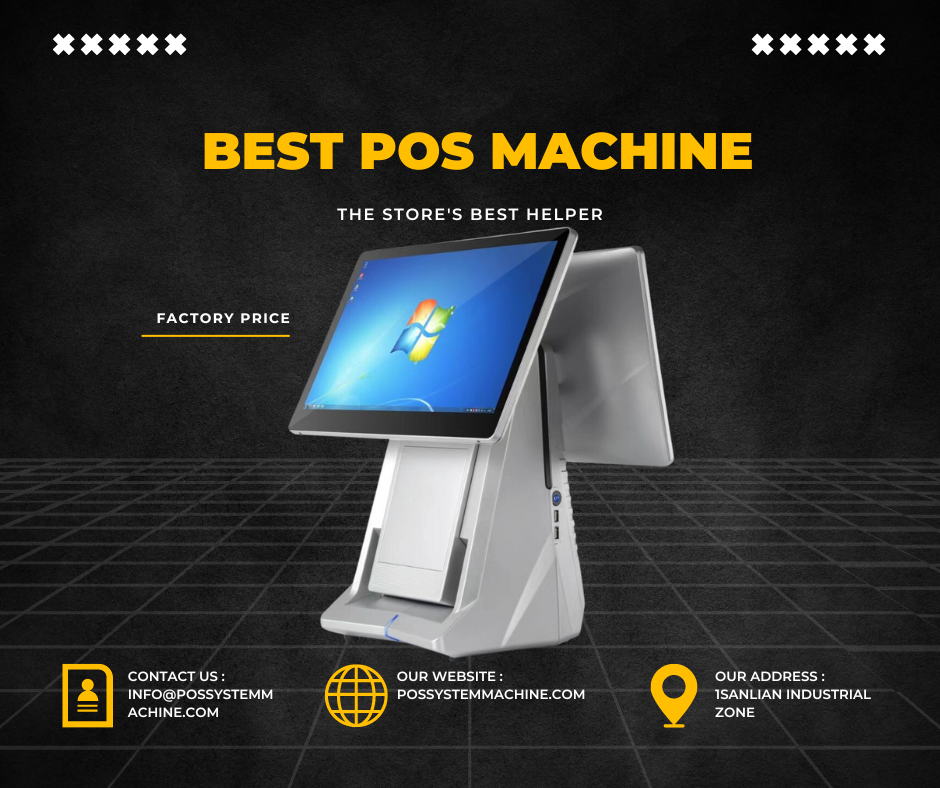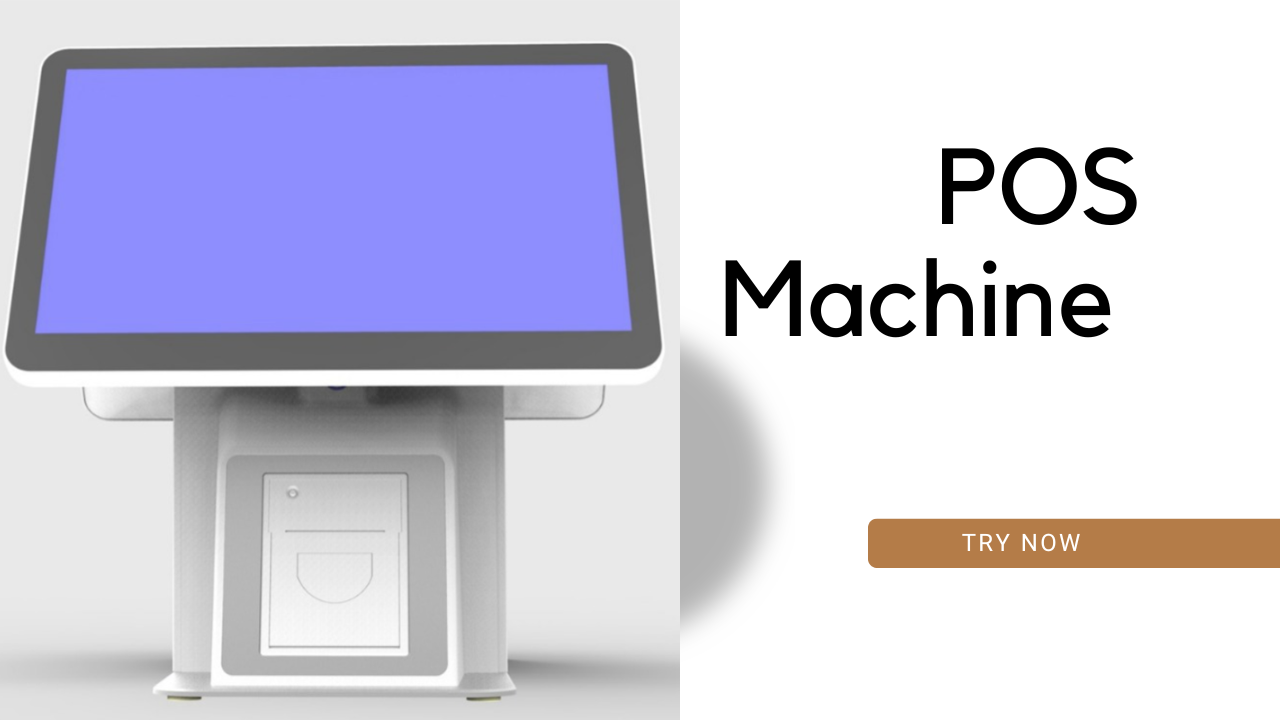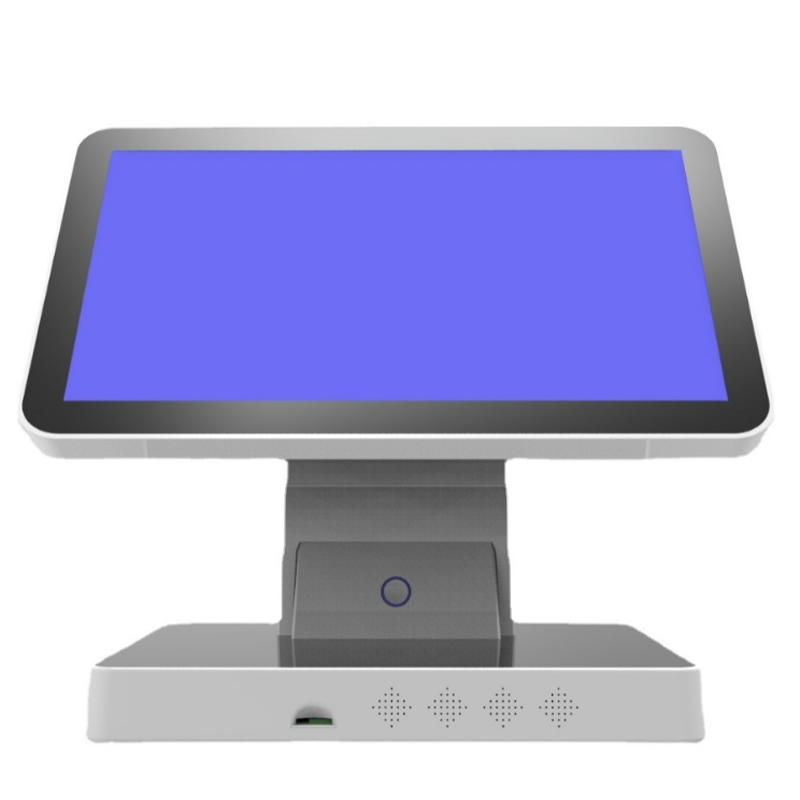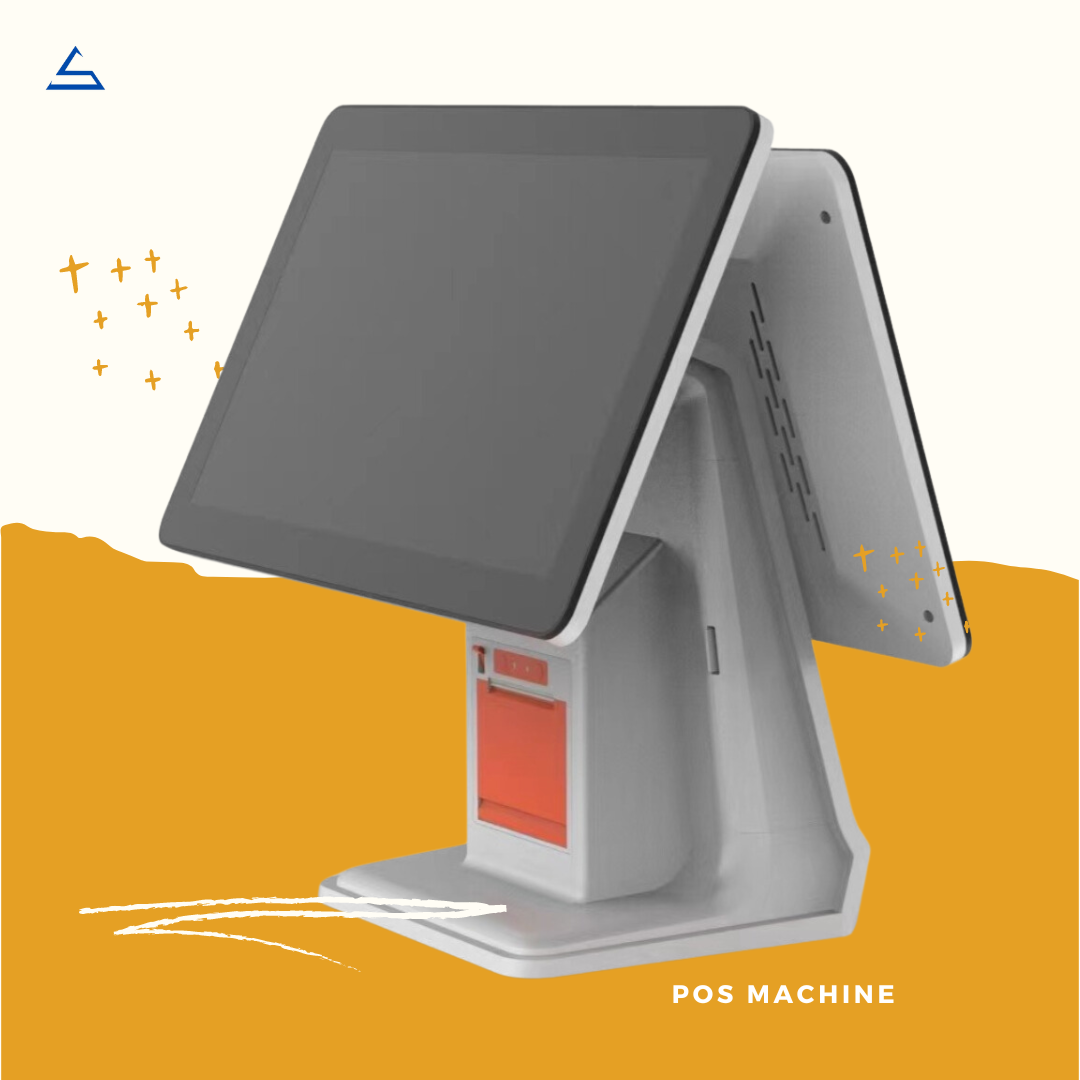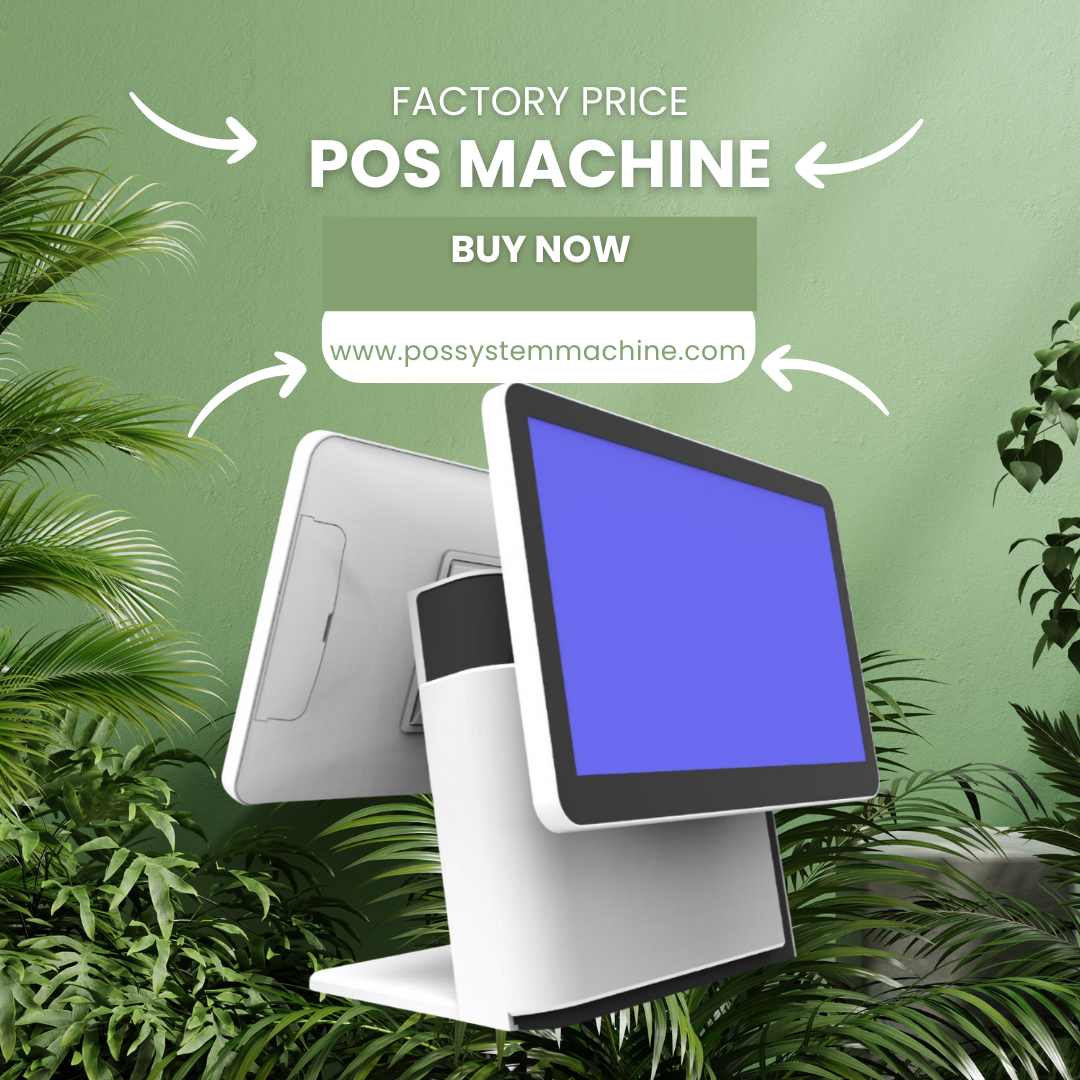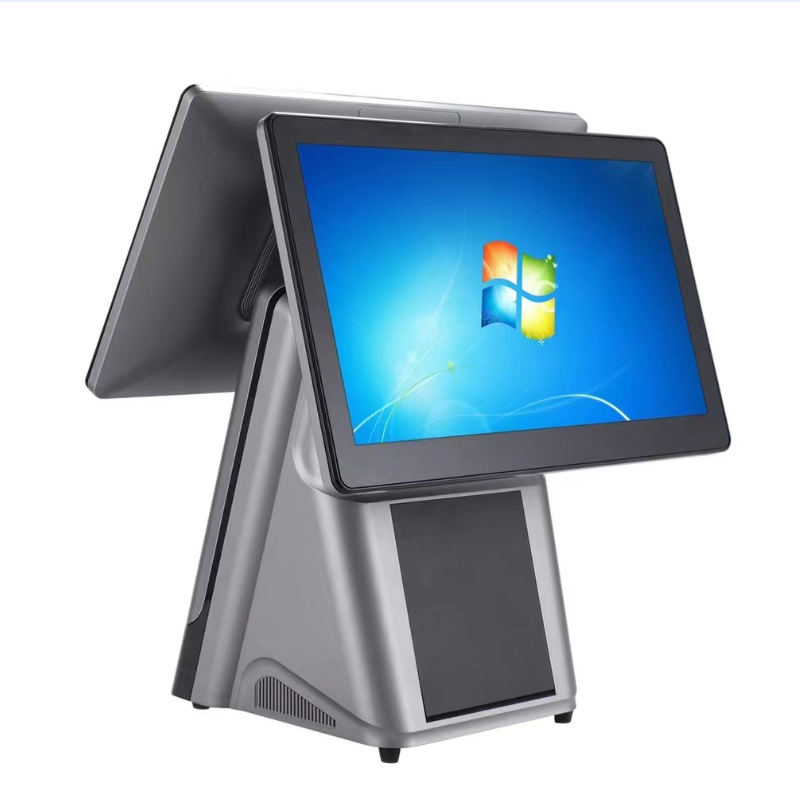what is pos hardware
Table of Contents
Summary
In today’s fast-paced retail and hospitality environments, Point of Sale (POS) systems are essential for smooth operations. At the heart of these systems lies POS hardware – the physical components that enable businesses to process transactions, manage inventory, and provide excellent customer service. This comprehensive guide will explore the various aspects of POS hardware, its importance, and how to choose the right equipment for your business needs.Whether you’re a small business owner looking to upgrade your POS system or a curious consumer wondering about the technology behind your favorite store’s checkout process, this article will provide valuable insights into the world of POS hardware.
What is POS Hardware and Why is it Important?
POS hardware refers to the physical components of a point of sale system that work together to process transactions and manage various aspects of a business. These devices are crucial because they:
- Enable fast and accurate transactions
- Help manage inventory in real-time
- Improve customer service by streamlining the checkout process
- Provide valuable data for business analysis and decision-making
Without reliable POS hardware, businesses may struggle with slow service, inaccurate inventory counts, and limited reporting capabilities. Let’s dive deeper into the world of POS hardware to understand its various components and functions.
What are the Common POS Hardware Devices?
A typical POS system includes several hardware components working together. Here are the most common POS hardware devices you’ll encounter:
- POS Terminal: This is the central device, usually a computer or tablet, that runs the POS software and coordinates all other hardware components.
- Cash Drawer: A secure box for storing cash and making change. It’s typically connected to the POS terminal and opens automatically when a cash transaction is completed.
- Receipt Printer: This device prints transaction receipts for customers. Modern systems may also offer digital receipt options.
- Barcode Scanner: Used to quickly input product information by scanning barcodes on items.
- Card Reader: Processes credit and debit card payments. This can be a separate device or integrated into the POS terminal.
- Customer Display: Shows transaction details to the customer, enhancing transparency and reducing errors.
Each of these components plays a vital role in creating a smooth, efficient checkout process for both businesses and customers.
How Does a POS System Work with Hardware and Software?
A POS system is a combination of hardware and software working in harmony. Here’s a simplified breakdown of how they interact:
- The POS software runs on the terminal (computer or tablet), providing the user interface and managing all operations.
- When a sale begins, the barcode scanner reads product information, which the software uses to retrieve pricing and inventory data.
- The card reader processes payment information, communicating with the software to complete the transaction.
- The software then sends print commands to the receipt printer and signals the cash drawer to open if needed.
- Throughout this process, the customer display shows relevant information to the buyer.
- All transaction data is stored by the software for reporting and analysis purposes.
This seamless integration of hardware and software is what makes modern POS systems so efficient and powerful.
What are the Key Features to Look for in POS Hardware?
When selecting POS hardware, consider the following features:
- Durability: Retail environments can be tough on equipment. Look for hardware that can withstand constant use.
- Compatibility: Ensure all hardware components are compatible with your chosen POS software.
- Connectivity: Modern POS systems often require internet connectivity. Make sure your hardware supports reliable network connections.
- Scalability: Choose hardware that can grow with your business, allowing for easy addition of new components or locations.
- User-Friendliness: The hardware should be intuitive for your staff to use, minimizing training time and errors.
- Security Features: Look for hardware with built-in security measures to protect sensitive customer data.
By prioritizing these features, you can select POS hardware that will serve your business well for years to come.
How Much Does POS Hardware Cost?
The cost of POS hardware can vary widely depending on the quality, features, and number of components you need. Here’s a rough breakdown of potential costs:
- Basic Setup (Terminal, Cash Drawer, Receipt Printer): $500 – $1,500
- Mid-Range System (Adding Barcode Scanner, Card Reader): $1,500 – $3,000
- Advanced System (Multiple Terminals, Kitchen Printers, etc.): $3,000 – $5,000+
Remember, these are just estimates. The actual cost will depend on your specific business needs and the brands you choose. While it might be tempting to opt for the cheapest options, investing in quality hardware can save money in the long run through improved reliability and longevity.
What are the Benefits of Cloud-Based POS Hardware?
Cloud-based POS systems have gained popularity in recent years, offering several advantages:
- Real-Time Updates: Cloud systems can push software updates automatically, ensuring you always have the latest features and security patches.
- Remote Access: Access your POS data from anywhere with an internet connection, allowing for better management of multiple locations.
- Reduced IT Costs: Cloud-based systems often require less on-site IT support, as many issues can be resolved remotely.
- Scalability: Easily add new terminals or locations without significant hardware investments.
- Data Backup: Cloud systems typically offer automatic data backup, protecting your business information from local hardware failures.
While cloud-based systems require a reliable internet connection, their benefits often outweigh this requirement for many businesses.
How to Choose the Right POS Hardware for Your Business?
Selecting the right POS hardware is crucial for your business’s efficiency. Here are some steps to guide your decision:
- Assess Your Needs: Consider your business type, transaction volume, and specific operational requirements.
- Research Options: Explore different brands and models, reading reviews and comparing features.
- Consider Compatibility: Ensure the hardware is compatible with your chosen POS software and any existing equipment.
- Plan for Growth: Choose hardware that can scale with your business as it expands.
- Evaluate Support: Look for vendors that offer reliable technical support and warranty options.
- Test Before Buying: If possible, try out the hardware in person or request a demo before making a purchase.
Remember, the cheapest option isn’t always the best. Invest in quality hardware that will serve your business reliably for years to come.Get expert advice on choosing the right POS machine for your business
What are the Latest Trends in POS Hardware?
The world of POS hardware is constantly evolving. Here are some current trends to watch:
- Mobile POS: Tablets and smartphones are increasingly being used as mobile POS terminals, offering flexibility in customer service.
- Contactless Payments: Hardware that supports NFC technology for contactless card and mobile payments is becoming standard.
- Biometric Authentication: Some systems now incorporate fingerprint or facial recognition for added security.
- Self-Service Kiosks: Many businesses are adopting self-service POS kiosks to reduce wait times and staff requirements.
- IoT Integration: POS hardware is becoming part of the broader Internet of Things, connecting with other smart devices in the business ecosystem.
Staying aware of these trends can help you make forward-thinking decisions when investing in POS hardware.
How to Maintain and Troubleshoot POS Hardware?
Proper maintenance of your POS hardware is essential for ensuring its longevity and reliability. Here are some tips:
- Regular Cleaning: Keep all components clean, especially those that come into contact with cash or food.
- Software Updates: Regularly update your POS software to ensure compatibility with hardware and security patches.
- Staff Training: Properly train your staff on how to use and care for the POS hardware.
- Preventive Maintenance: Schedule regular check-ups to catch and address potential issues before they become problems.
- Backup Power: Invest in a UPS (Uninterruptible Power Supply) to protect your system from power surges and outages.
When troubleshooting, start with the basics: check all connections, restart the system, and consult your user manual. If problems persist, don’t hesitate to contact your vendor’s support team.
Tags
Product
Blog
Contact Us
Related Products
Frequently asked questions about wood box manufacutring

